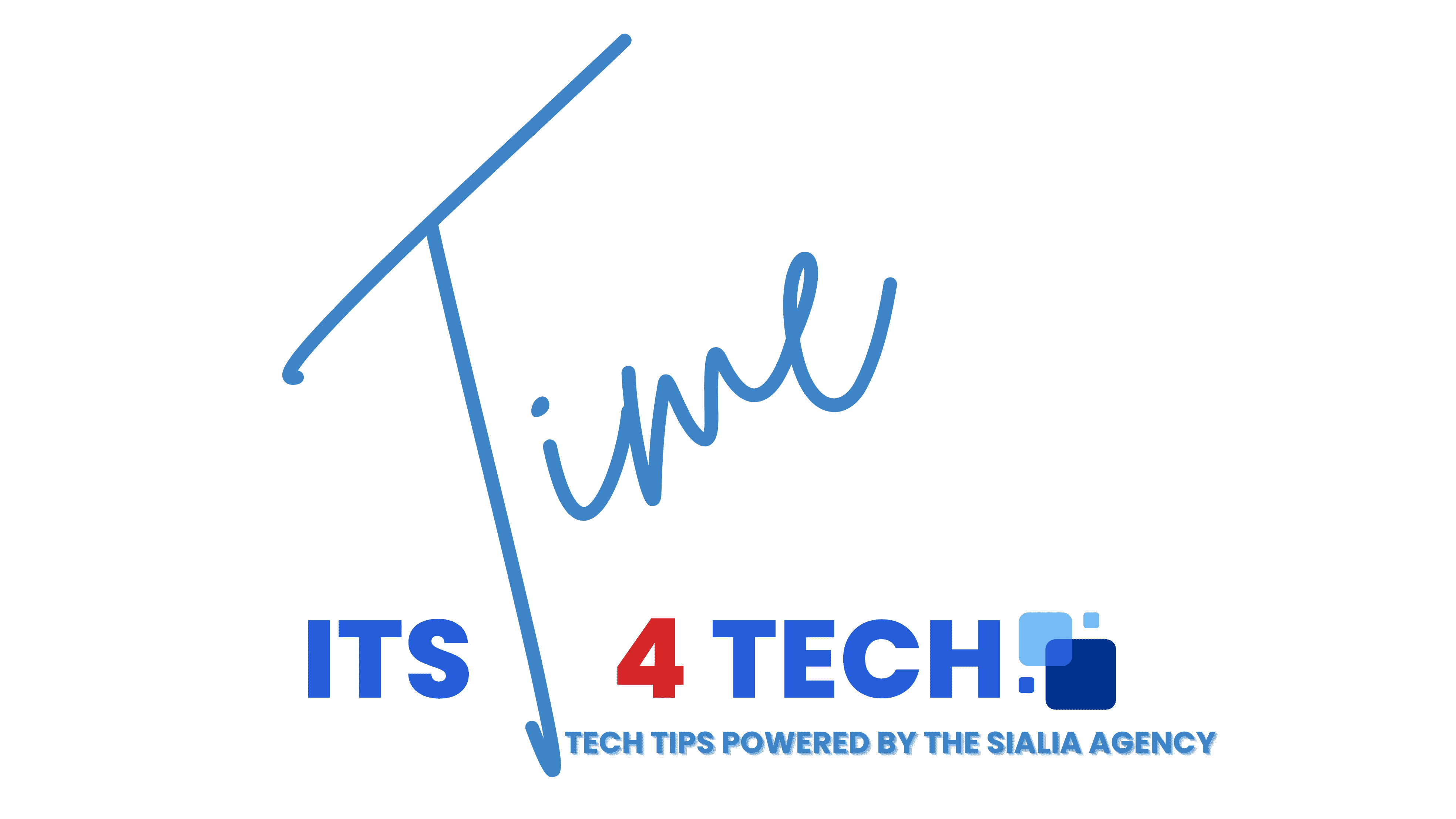
Understanding HubSpot's Blog Traffic Dynamics
This year, HubSpot stirred a significant buzz online, but not in the way they wished. Claims circulated that the company had suffered an alarming 80% drop in its blog traffic. Social media platforms lit up with these claims, but what truly happened?
Decoding the Traffic Misconceptions
First and foremost, it’s important to recognize the narrative surrounding HubSpot’s blog traffic as more complex than the headlines suggest. As a seasoned professional who contributed to shaping HubSpot’s SEO strategy, I can clarify that the reality doesn’t reflect an impending crisis for the brand.
The Shift from Information to Influence
One key factor driving changes in HubSpot’s traffic numbers is the evolving SEO landscape. For years, HubSpot thrived on producing content heavy with valuable information. However, the landscape shifted when AI tools like ChatGPT began to influence search engines. Increasingly, Google has started to reward content that fosters connection and influence over mere informational offerings. HubSpot’s adaptation toward this new paradigm, starting as early as 2020, shows its commitment to remaining relevant in this revolutionary era of digital marketing.
How Can Small Business Owners Adapt?
For small business owners, this scenario serves as a vital lesson. Embracing the need to influence rather than simply inform can prove invaluable. Leveraging AI tools can streamline content creation, but focusing on personal engagement also forges deeper connections with your audience. By sharing stories and authentic experiences, small business owners can resonate emotionally with their customers, ultimately fostering loyalty and driving user engagement.
Conclusion: What’s Next for Marketers?
The evolving online landscape presents a host of challenges, yet it also opens up new avenues for growth. As HubSpot demonstrates, it isn’t the end of an era, but an invitation to adapt and innovate. It’s essential for marketers and small businesses alike to stay alert to these trends, embrace change, and craft strategies that not only promote products but also build meaningful relationships with their audience.
 Add Row
Add Row  Add
Add 




 Add Row
Add Row  Add
Add 
Write A Comment